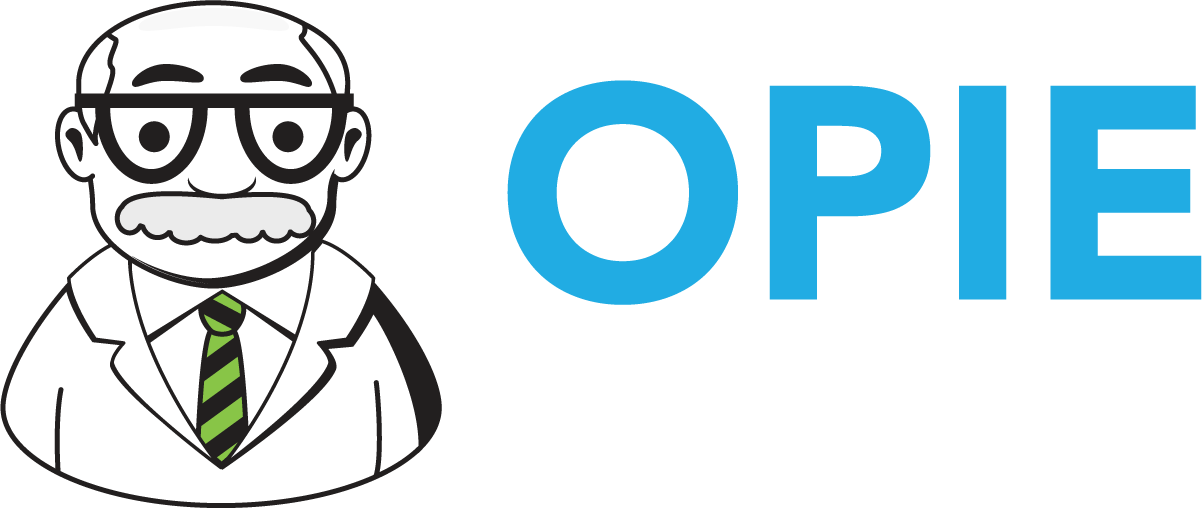Lessons From the Fruit Fly
Adaptability is no longer a luxury—it's a necessity. As we navigate the ever-changing landscape of healthcare, there's an unlikely mentor we can turn to for inspiration: the humble fruit fly. This tiny insect, with its brief 30-day lifespan, offers profound lessons in urgency, adaptability, and focus—traits that can revolutionize how we approach our practices.
The fruit fly has a formula for success that starts with intense productivity-- In just one month, a fruit fly can lay up to 2,000 eggs, ensuring its impact far outlasts its brief existence. It is aware of its environment--these insects can detect fruit from up to six miles away, instantly adapting their behavior to reach their goal. And while laser-focused on its immediate objectives, fruit flies maintain awareness of magnetic fields to stay oriented during flight.
Applying Fruit Fly Wisdom to O&P Care
Embrace Urgency
In patient care, every moment counts. We must adopt a fruit fly's sense of urgency, treating each opportunity and challenge as if our professional lifespan were measured in days, not decades. This doesn't mean sacrificing thoughtfulness—it means prioritizing action over endless deliberation. We know that delays in care can have adverse impacts on O&P patient habilitation or rehabilitation. While there are some factors out of your control, there are many routine office activities that directly impact your company’s ability to provide efficient, effective patient care.
Stay Attuned to Your Environment
Just as fruit flies detect distant opportunities, we must remain aware of our professional landscape. It is imperative that we monitor industry trends, professional trends, patient feedback, and emerging technologies. The use of real-time surveys to gauge patient needs and adapt your services accordingly is key to this. While we may not get paid for them, part of this is the use of patient outcome measures to assess the efficacy of your care. Acting on the information you glean from the environment builds trust and loyalty, essential components in healthcare.
Balance Focus with Adaptability
While pursuing immediate goals, maintain awareness of the broader healthcare landscape. Implement quarterly strategic planning sessions to reassess priorities based on current realities. Stay flexible in your approach while keeping your compass pointed towards your mission of improving patient care and outcomes.
From Stuck to Sprinting: Cultivating Agility in O&P
To embed agility into the DNA of our practices, we must rethink traditional processes by breaking down silos and fostering cross-functional collaboration between different roles and departments. This enables faster communication and more effective problem-solving. You can create an environment where calculated risks are encouraged, whether they be in patient care or administrative processes. Encourage your team to pilot new treatment programs or patient engagement initiatives with appropriate, clear-headed oversight, but understand that not every experiment will succeed. Given that however, each should provide valuable insights.
Make Strategic Plans Dynamic
Treat your strategic plan as a living document. Regular reviews ensure your strategy remains relevant in the fast-paced world of healthcare. I read recently that the most successful companies revisit their plans at least quarterly!
Prioritizing agility equips us to navigate the complexities of modern healthcare:
Resilience: Quickly adapt to disruptions, whether they're regulatory changes or public health crises;
Patient Satisfaction: Swiftly respond to evolving patient needs, enhancing engagement and outcomes; and
Sustainable Growth: Fuel innovation to remain competitive and relevant in a changing healthcare landscape.
Channeling Your Inner Fruit Fly
The next time you encounter a fruit fly, pause to appreciate its focus, resilience, and resourcefulness. Let it inspire you to approach your O&P practice with renewed vigor and adaptability (then kill it!). But by embracing the fruit fly's lessons of urgency, sensitivity, and adaptability, we can transform how we deliver care and manage our organizations. In the fast-paced world of allied health, those who can pivot quickly and decisively will not just survive—they'll thrive, making a lasting impact far beyond their professional "lifespan." Remember, in healthcare, as in nature, it's not the strongest or the most intelligent who survive, but those most responsive to change. Let's take a page from the fruit fly's book and fly into a more agile, responsive future in allied health.

